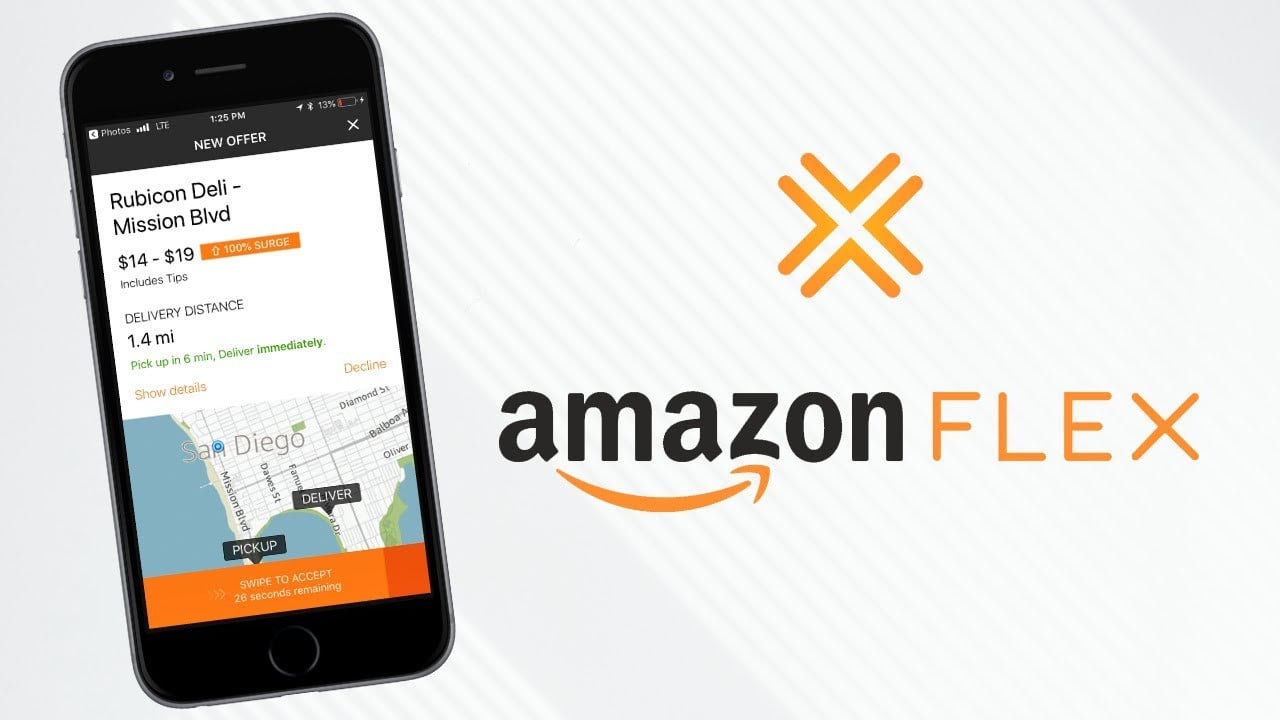

They are not covered by basic labor protections such as minimum wage and overtime pay, and they don’t get unemployment benefits if they suddenly can’t work anymore. But Flex workers get no health insurance or pension, and are not guaranteed a certain number of hours or shifts a week. On the surface, these jobs, like many others in the gig economy, seem like a good deal.
Amazon fleex drivers#
The company doesn’t share information about how many drivers it has, but one Seattle economist calculated that 11,262 individuals drove for Flex in California from October 2016 to March 2017, based on information Amazon shared with him to help the company defend a lawsuit about Flex drivers. What Amazon Does to Poor Cities Alana SemuelsĪmazon has rolled out Flex in more than 50 cities, including New York, Indianapolis, and Memphis, Tennessee. As the larger trucking industry has discovered over the past decade, using independent contractors rather than unionized drivers saves money, because so many expenses are borne by the drivers, rather than the company. It also allows Amazon to meet increases in demand during the holiday season, Prime Day, and other busy times of the year, a spokesperson told me in an email.īut Flex operates year-round, not just during the holiday season, which suggests there’s another reason for it: It’s cheap. Flex takes care of “last mile” deliveries, the most complicated part of getting goods from where they’re made to your doorstep. Flex is necessary because Amazon is growing so quickly-the company shipped 5 billion Prime items last year-that it can’t just rely on FedEx, UPS, and the Postal Service. As people shop more online, companies such as Amazon are turning to independent contractors-essentially anyone with a car-to drop parcels at homes and businesses.

Welcome to the future of package delivery. DEAL,” I scrawled in my notebook, after having walked down nine flights of stairs, sick of waiting for a freight elevator that may or may not have been broken, and returned to my car for another armful of packages. Technology was allowing these people a good life, but it was just making me stressed and cranky.
Amazon fleex free#
I was racing to make the deliveries before I got a ticket-there are few places for drivers without commercial vehicles to park in downtown San Francisco during the day-and also battling a growing rage as I lugged parcels to offices of tech companies that offered free food and impressive salaries to their employees, who seemed to spend their days ordering stuff online. There I was, wearing a bright-yellow safety vest and working for Amazon Flex, a program in which the e-commerce giant pays regular people to deliver packages from their own vehicles for $18 to $25 an hour, before expenses.
Amazon fleex full#
I’m sure I looked comical as I staggered down a downtown San Francisco street on a recent weekday, arms full of packages-as I dropped one and bent down to pick it up, another fell, and as I tried to rein that one in, another toppled.


 0 kommentar(er)
0 kommentar(er)
